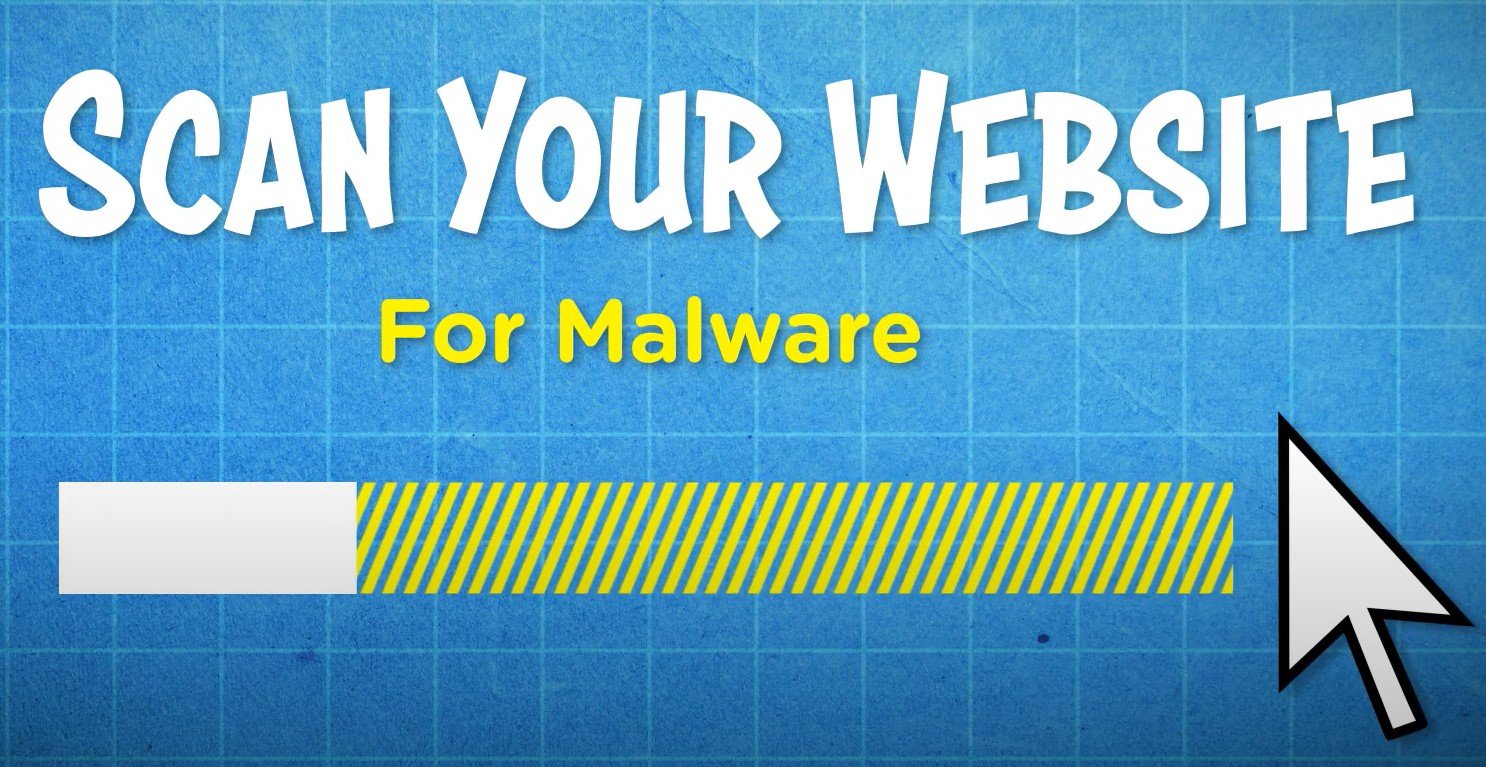Securing your WordPress website from hackers in just one minute is, unfortunately, impossible for comprehensive protection. Website security is an ongoing process that involves multiple layers and consistent maintenance.
However, in one minute, you can take a few immediate, critical actions that significantly reduce your risk. Think of these as the absolute bare minimum first-aid steps:
Here’s what you can do in approximately 60 seconds (prioritizing impact):
- Force a Strong Password Update (If You Suspect Compromise):
- Action: Immediately change the passwords for all user accounts, especially the administrator account. Use a strong, unique password with a mix of uppercase and lowercase letters, numbers, and symbols.
- How: Log in to your WordPress dashboard (
/wp-admin/). Go to Users > Your Profile (for your own password) and Users > All Users to edit other users. Click “Generate Password” and copy/save it securely.
- Why: Weak passwords are the most common entry point for hackers.
- Enable Two-Factor Authentication (2FA) for Your Admin Account (If Not Already Enabled):
- Action: Install and activate a 2FA plugin immediately. Popular free options include Google Authenticator or Authy.
- How: Go to Plugins > Add New and search for “Two Factor Authentication.” Install and activate one, then follow the plugin’s instructions to set it up for your user profile.
- Why: 2FA adds an extra layer of security, making it much harder for unauthorized users to log in even if they have your password.
- Check for and Activate a Basic Security Plugin (If You Don’t Have One):
- Action: Install and activate a reputable free security plugin. Popular options include Wordfence Security, Sucuri Security, or iThemes Security.
- How: Go to Plugins > Add New and search for one of the mentioned plugins. Install and activate it. Most will prompt you for a basic setup.
- Why: These plugins offer immediate protection against common attacks like brute-force login attempts and provide basic firewall functionality.
Important Caveats:
- These one-minute actions are a starting point, NOT a complete security solution.
- If your site is already hacked, these steps might not be enough to remove the malware or prevent further damage. You’ll need a more thorough cleanup and security audit.
- Consistent security practices are essential for long-term protection.
What You Need to Do Beyond One Minute for Real Security:
- Keep WordPress Core, Themes, and Plugins Updated: Regularly update everything to patch known vulnerabilities. Enable auto-updates for minor WordPress versions and trusted plugins.
- Use Strong, Unique Passwords for All Accounts.
- Implement Two-Factor Authentication (2FA) for All Users.
- Install and Configure a Robust Security Plugin: Explore the advanced features of your chosen security plugin (firewall, malware scanning, brute-force protection, etc.).
- Regularly Backup Your Website: In case of a security incident, you can restore your site to a clean backup.
- Limit Login Attempts: Prevent brute-force attacks by limiting the number of failed login attempts.
- Change the Default WordPress Database Table Prefix: This can make it slightly harder for SQL injection attacks.
- Disable XML-RPC (If You Don’t Need It): XML-RPC can be a target for brute-force and DDoS attacks.
- Secure Your
wp-config.php File: Restrict access to this sensitive file.
- Use HTTPS: Ensure your website is using HTTPS by installing an SSL certificate.
- Monitor Your Website for Suspicious Activity.
- Consider a Web Application Firewall (WAF): A WAF can filter malicious traffic before it reaches your website.
In conclusion, while you can take a few critical first steps to improve your WordPress security in one minute, securing your website effectively requires ongoing effort and a multi-layered approach. Treat the one-minute actions as an emergency measure and prioritize implementing comprehensive security practices for long-term protection.

